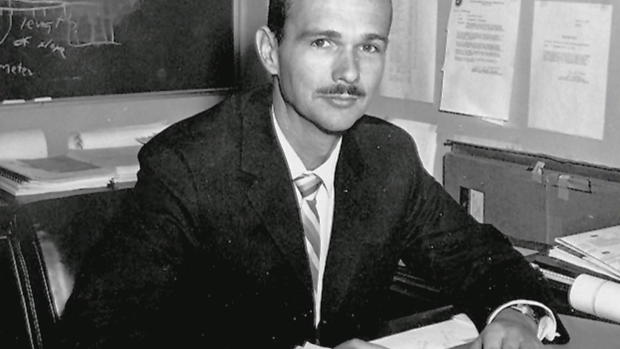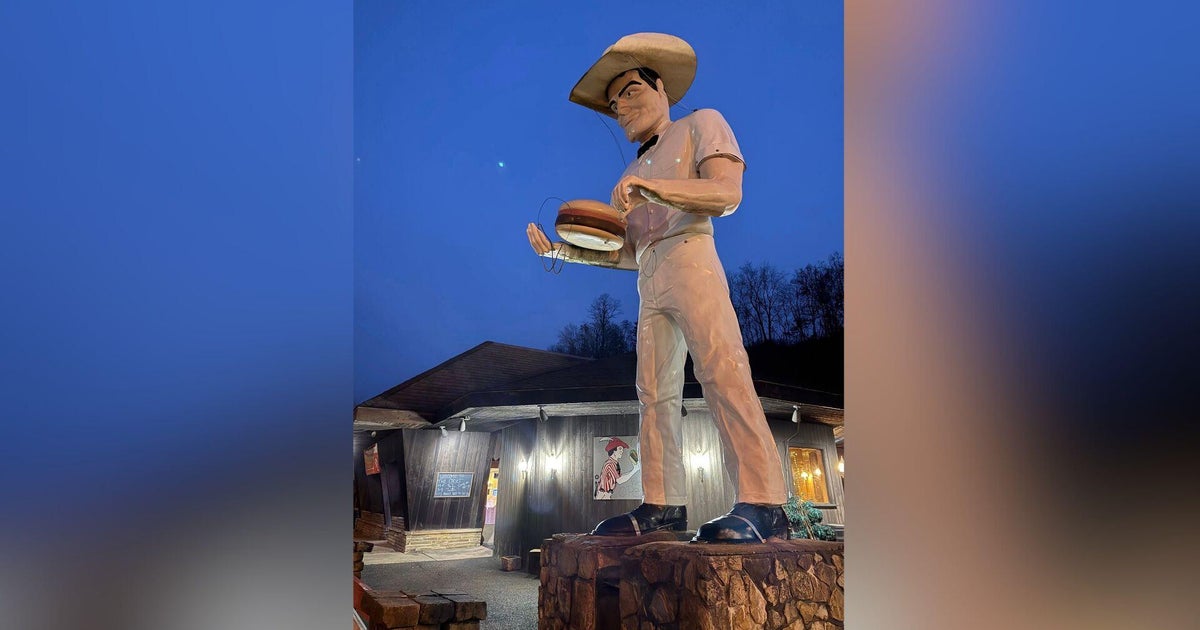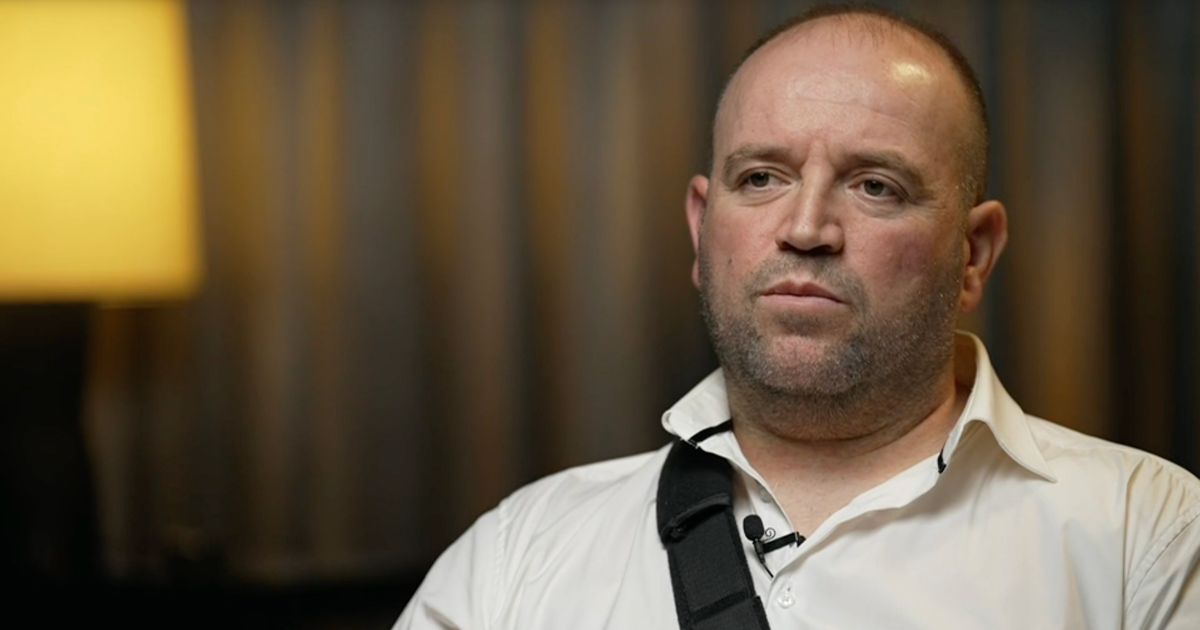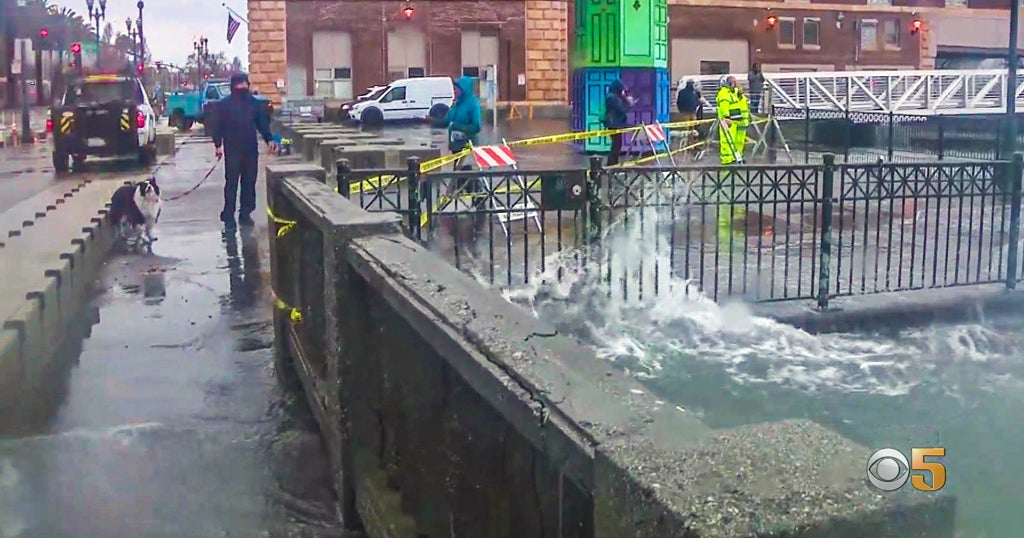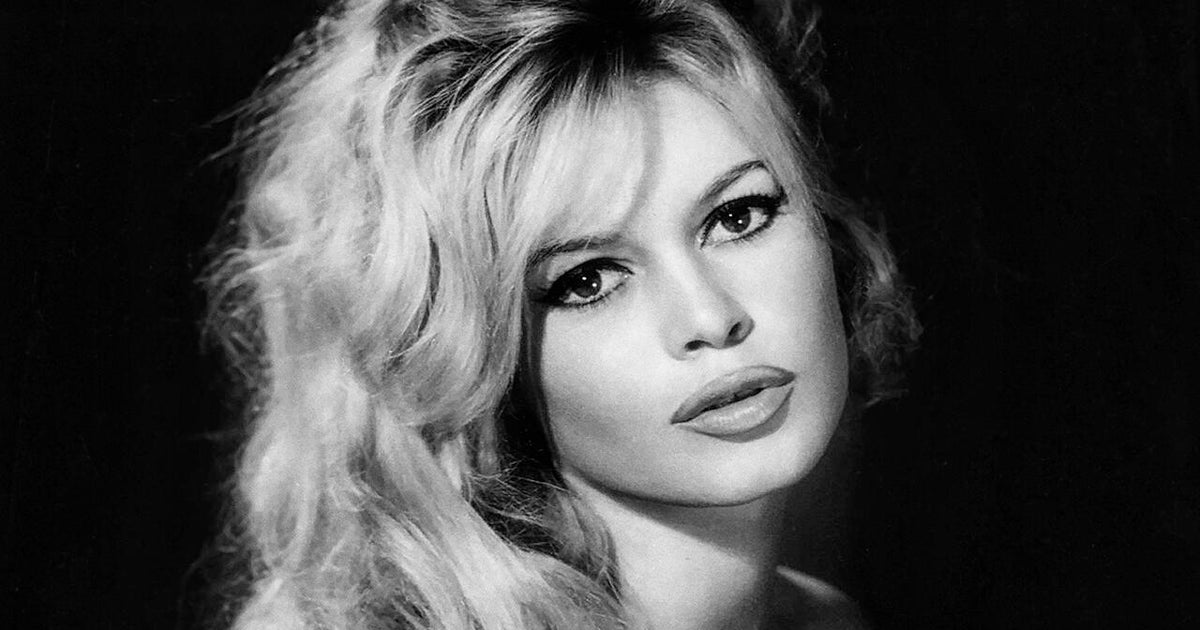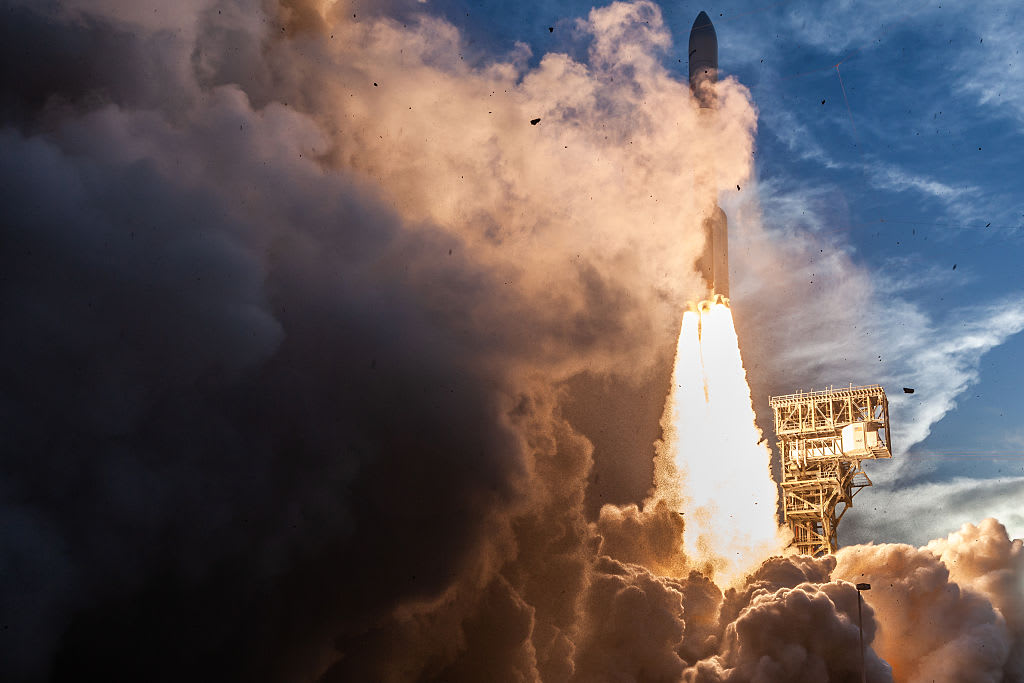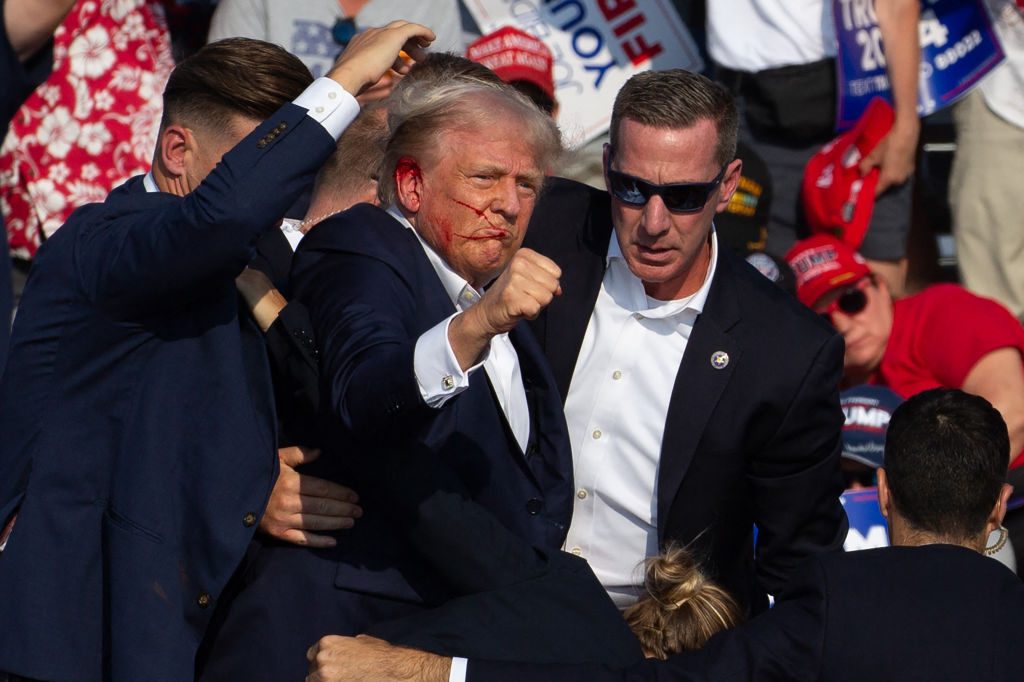NASA may not have televised the first moon landing if it weren't for a group of geologists
Mission control might never have witnessed Neil Armstrong take his first steps on the moon if it weren't for the vision of men like Eugene Shoemaker. Geologists Ivo Luccitta and Jerry Schaber say Shoemaker, who was their boss and a top gun at the U.S. Geological Survey, made a lot of stuff happen on that historic mission.
Originally, NASA didn't want to televise the iconic moment, they said.
"We worked very hard here to use television in our field exercises and show them how valuable it was," Luccitta said.
As the story goes, Shoemaker had a lot of convincing to do when it came to NASA.
- Astronauts say NASA is up to the challenge of returning to moon
- Jeff Bezos says "Blue Moon" lander can carry crews to the moon by 2024
"They didn't want to take a rock hammer. They didn't want to take anything that … could hurt their suit and poke a hole in their suit. They didn't want us to even photograph the rocks," Schaber said.
According to Eugene Shoemaker's widow, Carolyn, Shoemaker would tell people at NASA there was no point in going to the moon unless you were going to do some science while there. And Carolyn knows a thing or two about heavenly bodies. She helped discover a comet that broke apart in 1994 and crash-landed on Jupiter.
Shoemaker felt that man could do a lot on the moon if given the chance. His chance first came in an Arizona town called Flagstaff – nestled between Phoenix and the Grand Canyon. The town is in full celebration of the moon landing's golden anniversary, from restaurants serving specialty drinks on the rocks – moon shaped rocks – to dark-side-of-the-moon dessert apples at bakeries.
Jeff Hall is caretaker of the Lowell Observatory, which has artifacts from the Apollo mission on display. Lowell's telescope, one of the oldest in the nation, helped geologists map the moon for the Apollo landing.
"Flagstaff provided the astronauts a near-perfect venue to see what they were going to run into on the moon," Hall said. 'You only get one shot when you're up there. You'd better get it right."
But Neil Armstrong, Buzz Aldrin and Michael Collins weren't geologists. It was up to people like Schaber and Luccitta to train them. So, they got a crash course in geology, training at nearby cinder fields and studying rock formations at the meteor crater – a breathtaking hole in the earth nearly 4,000 feet in diameter and more than 500 feet deep. It's believed an impact created it approximately 50,000 years ago.
According to meteor crater tour guide Jeff Beal, they didn't have much time to learn: about two days. With that knowledge in hand, they were off. But there was no guarantee they'd have a chance to use it.
While Walter Cronkite anchored CBS News' coverage from New York, his colleague George Herman broadcasted live from the USGS in Flagstaff, where the mission continues.
With a renewed pledge for space exploration, the USGS is once again training. And they'll be doing it in the same spaces and places that the Apollo 11 team did.
